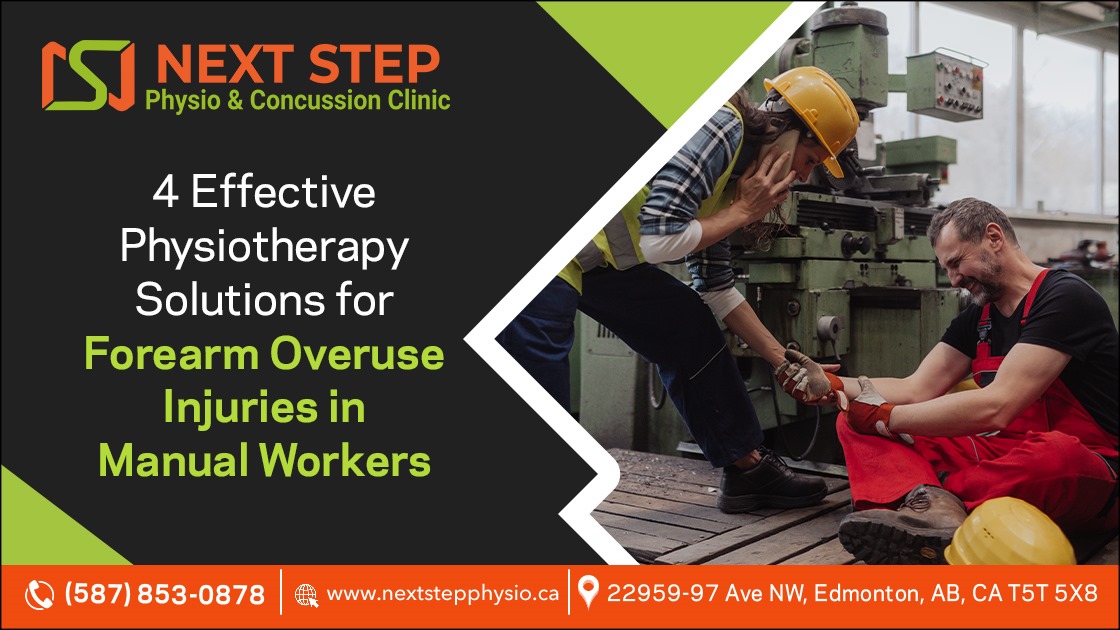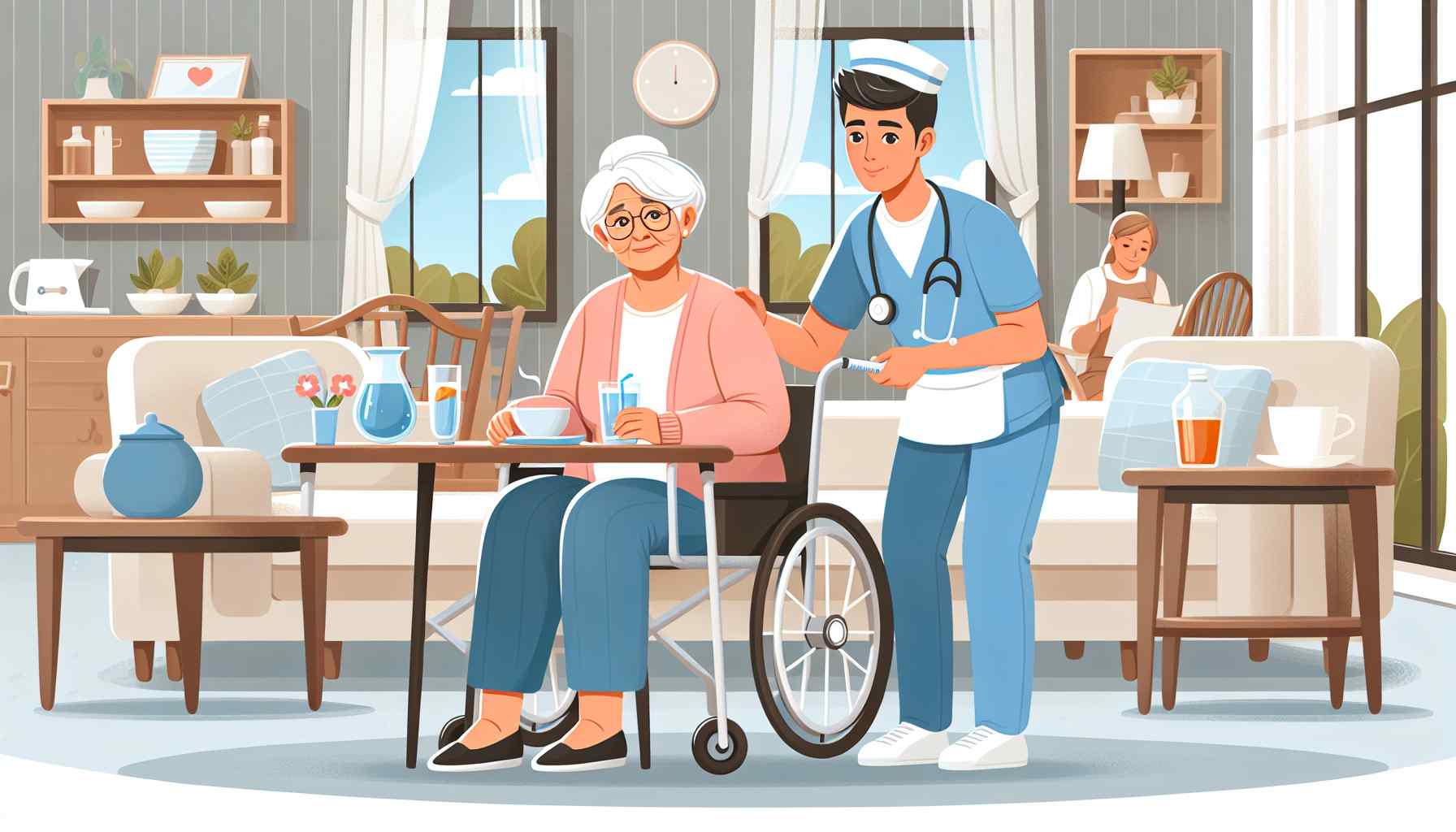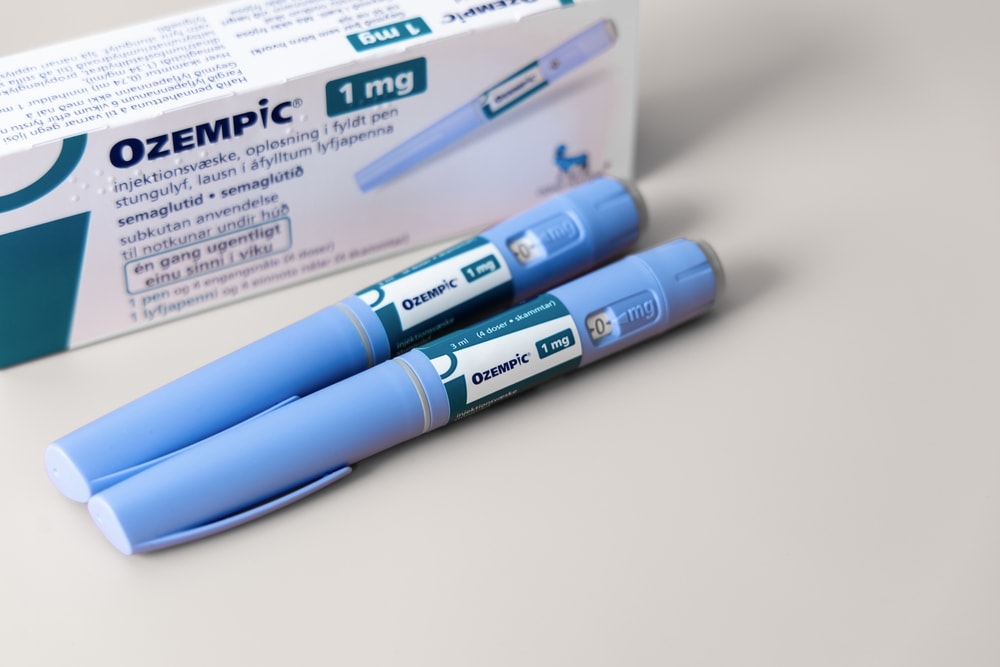Forearm overuse injuries are common among manual workers who perform repetitive tasks, often leading to significant discomfort and reduced productivity. These injuries can result from lifting, gripping, twisting, or any activity that places prolonged stress on the forearm muscles and tendons. Work injury physiotherapy in Edmonton has solutions that help reduce pain and prevent future forearm injuries.
Understanding Forearm Overuse Injuries
The forearm injuries typically involve damage in the muscles, tendons, and nerves and are categorized into several types:
- Tendinitis: Inflammation of the tendons, often caused by repetitive motion.
- Tendinosis: It is the degeneration of tendon fibres due to chronic overuse.
- Muscle Strains: Overstretching or tearing of muscle fibres in the forearm.
- Nerve Entrapment: Compression or irritation of nerves, leading to pain, tingling, or numbness.
Techniques for Forearm Overuse Injury
Practical techniques for work injury physiotherapy in Edmonton include regular stretching exercises for forearm injuries. For manual workers, WCB physiotherapy services are covered by the Worker’s Compensation Board (WCB providing necessary medical treatments, including physiotherapy, for work-related injuries or illnesses.
1. Manual Therapy
Manual therapy uses hands-on methods to address musculoskeletal pain and dysfunction, particularly in cases of forearm injuries caused by overuse in the workplace. It focuses on relieving muscle tension, releasing restricted fascia (connective tissue), and promoting tissue healing through various techniques:
- Soft Tissue Mobilization: This method involves applying sustained pressure, kneading motions, and stretching to muscles, tendons, and ligaments. It releases muscle tension, improves blood circulation, and enhances flexibility in the affected area.
- Myofascial Release: This technique targets the fascia, a dense connective tissue surrounding muscles. It uses gentle pressure and stretching to alleviate tension and adhesions within the fascia, promoting increased mobility and reducing pain.
Benefits:
- Breaking Down Scar Tissue: Overuse injuries often lead to scar tissue formation in muscles and fascia. It helps break down these adhesions, promoting better tissue alignment and improved function.
- Reducing Inflammation: Manual therapy reduces inflammation in injured tissues by enhancing blood flow and lymphatic drainage. It alleviates swelling and associated pain in overused forearm muscles.
Therapeutic Exercises:
Physiotherapists utilize therapeutic exercises to target specific muscle groups and tendons in the forearm to enhance strength, endurance, and flexibility while restoring optimal biomechanics and coordination. Here’s an in-depth explanation:
- Wrist Curls: This exercise involves flexing and extending the wrist against resistance with weights or bands to strengthen muscles, enhance stability and control, and mitigate forearm injury risks.
- Forearm Stretches: Maintain and improve flexibility in forearm muscles and tendons to prevent stiffness and lower the likelihood of forearm injuries from repetitive motions by workplace stretches.
- Eccentric Exercises: Focus on controlled weight lowering after curls or gradual release in grip exercises to build muscle strength and improve movement control, which are crucial for rehabilitating forearm injuries.
- Grip Strengthening Exercises: Target flexors and extensors of fingers and thumb to boost grip strength for daily activities and sports, reducing strain on the forearm during repetitive actions.
Benefits:
- Restoring Muscle Balance: Overuse injuries often lead to muscle imbalances, where specific muscles become overactive while others weaken. Therapeutic exercises restore proper muscle balance in the forearm, improving stability and reducing the risk of further strain.
- Enhancing Stability: Stronger muscles and improved coordination through exercises enhance the overall stability of the forearm joints and surrounding structures. It reduces the likelihood of injuries caused by instability or improper biomechanics.
Ultrasound Therapy:
Ultrasound therapy is another essential modality used in physiotherapy to manage overuse forearm injuries from manual work. It utilizes high-frequency sound waves to produce deep heat within tissues. The therapist uses a device to deliver ultrasound waves to the injured area.
Benefits:
- Increased Blood Flow: Ultrasound therapy promotes vasodilation and increases blood flow to the injured forearm tissues. It delivers more oxygen and nutrients, accelerating healing and facilitating tissue repair.
- Pain Reduction: The deep heat generated by ultrasound therapy helps reduce pain associated with overuse injuries. It stimulates sensory receptors, temporarily altering pain perception and relieving chronic pain.
Ergonomic Assessments:
Physiotherapists assess and modify the tools used during activities to optimize biomechanics and reduce excessive stress on muscles and tendons.
Benefits:
Proper ergonomic adjustments are critical in preventing overuse injuries. They promote neutral joint positions and reduce the strain on the forearm during strenuous manual work. They help improve overall performance, productivity, and comfort while reducing the risk of recurrent injuries.
Restoring Functionality After Forearm Overuse Injuries
Forearm overuse injuries can be debilitating for manual workers. However, recovery and prevention are achievable with the right approach to work injury physiotherapy in Edmonton. Addressing these injuries helps manual workers return to daily tasks with reduced pain and improved function.If you or someone you know is experiencing forearm pain or discomfort, contact Next Step Physiotherapy in Edmonton today to schedule an appointment and take the first step toward recovery.








